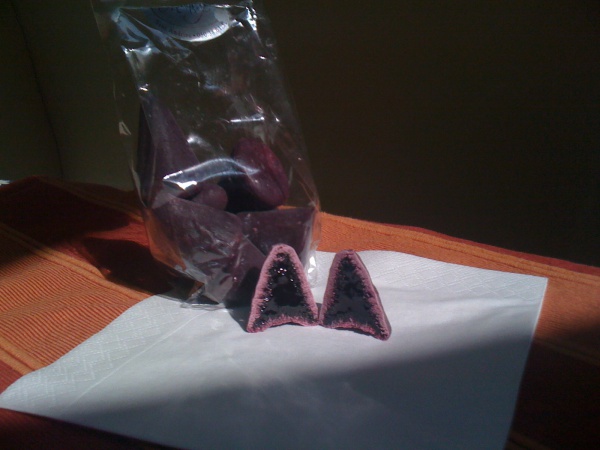Facts About Cuberdon
Cuberdons are delightful, cone-shaped Belgian candies that have captivated locals for years. Known as "neus" "Gentse neus" or "neuzeke" in Dutch because they resemble little noses, they are referred to as "chapeau-de-curé" and "chapeau-de-prêtre" in French. These treats feature a hard outer shell made from gum arabic and a soft, gooey raspberry-flavored center. While the traditional cuberdon is purple, they are now available in a variety of colors and flavors.
Each cuberdon is approximately 2.5 cm wide and weighs between 10 and 18 grams, although smaller versions are also available. The combination of the firm exterior and the gelatinous interior provides a delightful contrast in texture.
One of the reasons cuberdons are so special is their short shelf life—just about three weeks before they begin to crystallize. This limited longevity means they are rarely exported outside of Belgium, preserving their status as a local delicacy.
There are a couple of theories regarding the origins of cuberdons. One story credits a clergy member in Bruges, while another attributes the invention to Ghent pharmacist De Vynck in 1873, who reportedly discovered the recipe by accident while working on techniques for drug preservation. The Vlaams Centrum voor Agro- en Visserijmarketing (VLAM) officially recognizes cuberdons as a regional product.
In recent years, the beloved cuberdon has inspired a range of other food products, including jenever (a type of gin), ice cream, sauces, and cookies. Despite these modern interpretations, the candy remains a cherished treat, particularly in Ghent.

 Luxembourg
Luxembourg